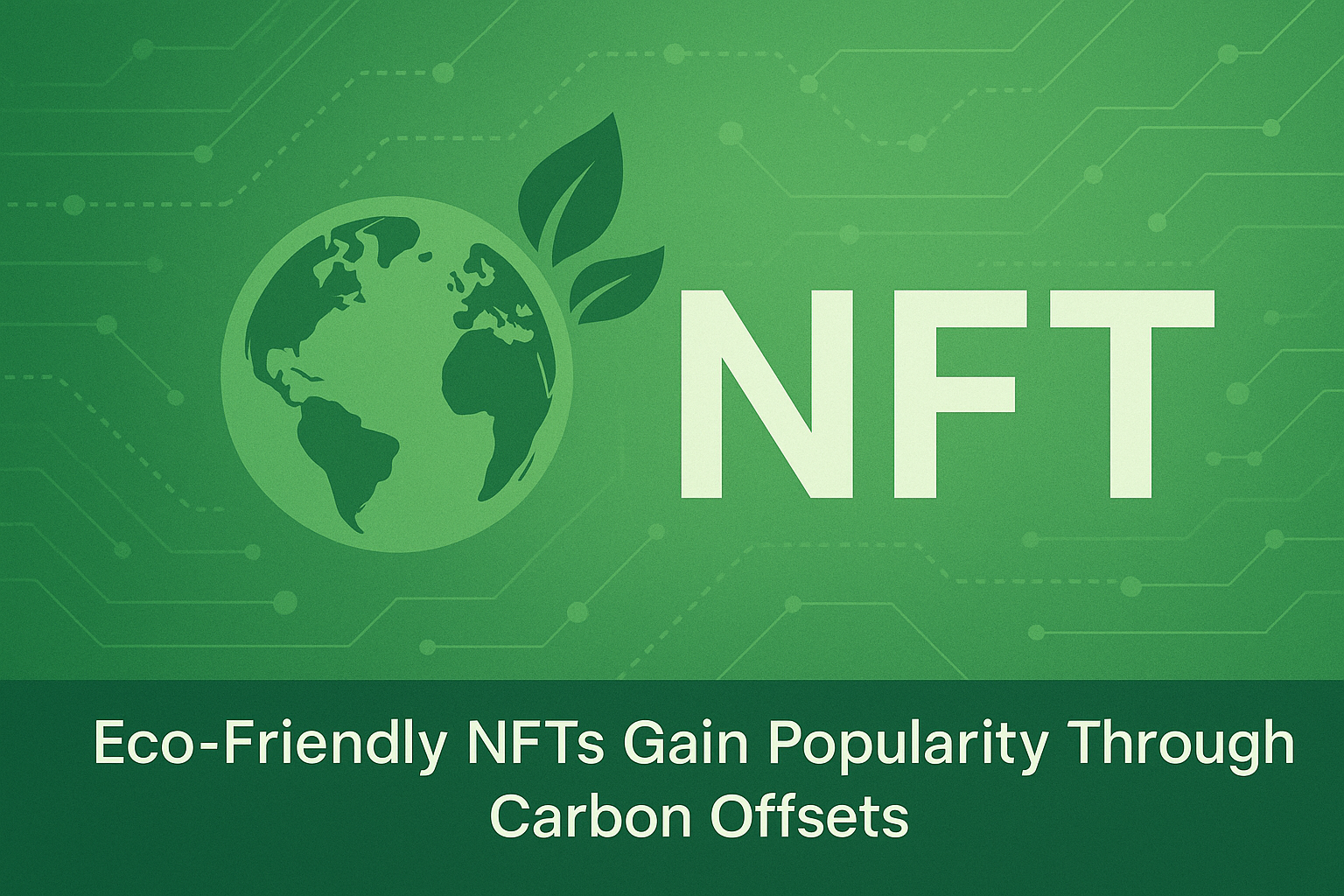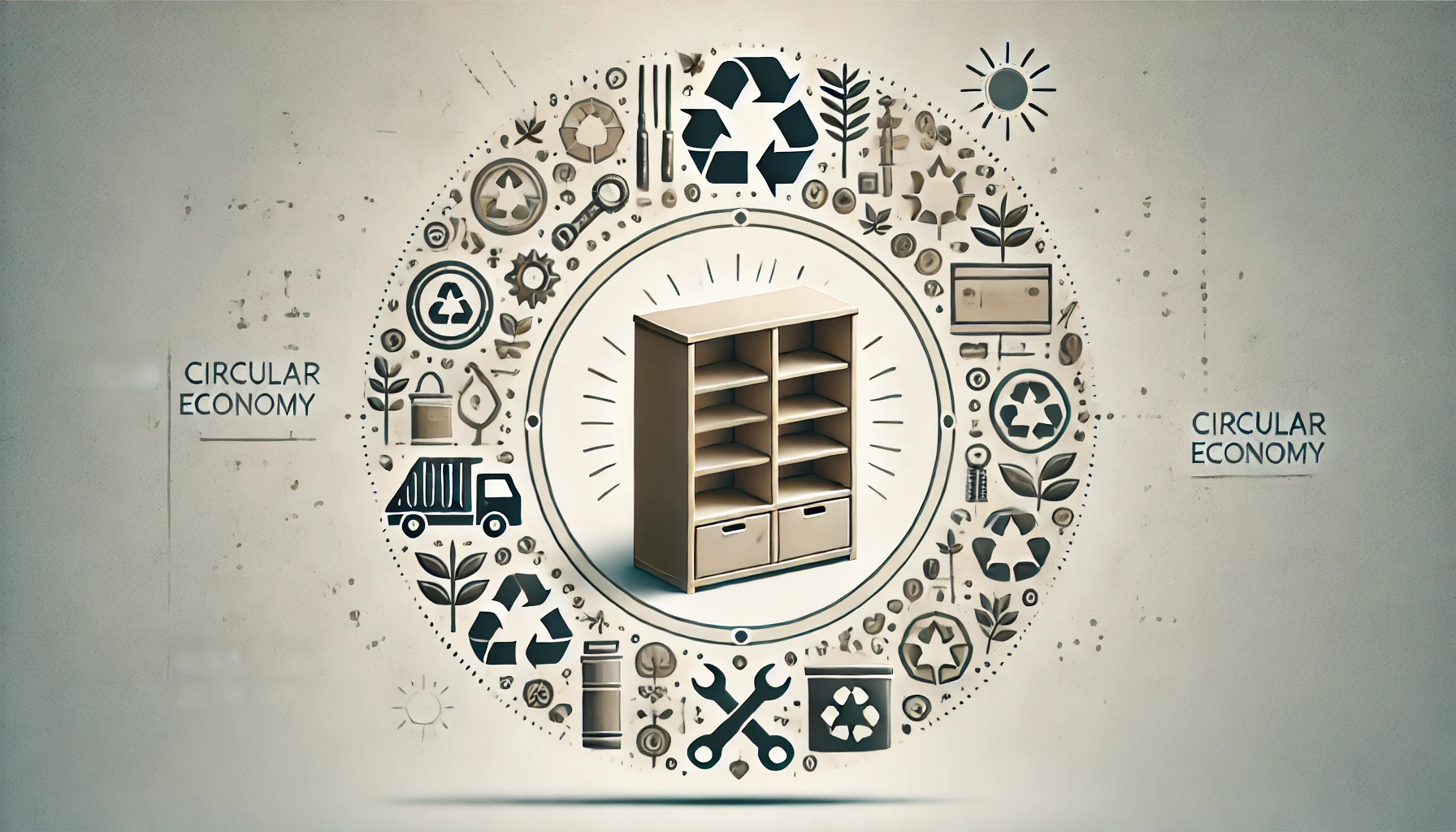In today’s dining culture, consumers are more conscious than ever about what goes on their plates. From farm-to-table movements to the rise of sustainable sourcing, diners increasingly want to know not just what they are eating, but also where it came from, how it was produced, and whether it aligns with their ethical values. This shift in consumer behavior is driving restaurants to seek out new ways of providing transparency — and blockchain technology is emerging as a powerful solution.
Why Food Traceability Matters
Food traceability is not just a buzzword; it is a growing demand. Recent surveys have shown that customers are willing to pay more for meals made from verified sustainable sources. Whether it’s ensuring that seafood isn’t illegally caught, confirming that beef comes from hormone-free farms, or proving that vegetables are grown without harmful pesticides, transparency is becoming a competitive advantage in the food industry.
Restaurants that fail to provide such information risk losing consumer trust. With scandals involving mislabeled fish, fraudulent “organic” labels, and even dangerous food safety lapses making headlines, the ability to guarantee food origins has never been more important.
Enter Blockchain: A Digital Trust Network
Blockchain — the same technology behind cryptocurrencies like Bitcoin — offers a decentralized and tamper-proof way to record transactions. When applied to food supply chains, blockchain can document each step a product takes: from the farmer’s field, through processing facilities, distributors, and finally to the restaurant kitchen.
Every transaction is time-stamped and recorded on a secure ledger that cannot be altered retroactively. For restaurants, this means being able to show a diner exactly where their steak was raised, what it was fed, how it was transported, and whether it was certified sustainable at every step of the journey.
Benefits for Restaurants and Consumers
-
Enhanced Trust: Restaurants that adopt blockchain traceability can boost consumer confidence, proving their commitment to transparency and ethics.
-
Premium Pricing: Studies show diners are willing to pay more when they know food has been sustainably sourced and verified. This opens new revenue streams for restaurants.
-
Food Safety: Blockchain can help track contaminated products back to their source within seconds, reducing health risks and potential scandals.
-
Operational Efficiency: By digitizing supply chains, restaurants can streamline their procurement processes, cut down on fraud, and reduce waste.
Real-World Applications
Some forward-thinking restaurants are already piloting blockchain systems. For instance, a seafood restaurant may allow diners to scan a QR code on their menu, which reveals the exact location where the fish was caught, the date it was processed, and its journey to the table. Similarly, farm-to-table bistros can use blockchain to validate the organic claims of their produce suppliers.
These examples show how blockchain doesn’t just protect consumers; it empowers them. Diners gain the knowledge they need to make choices aligned with their values, while restaurants build stronger relationships with their customers.
The Future of Dining
As sustainability continues to shape consumer expectations, blockchain adoption in the restaurant industry is likely to accelerate. Soon, what may begin as a novelty — scanning your plate for its digital history — could become the norm.
Restaurants that embrace this shift early will be the ones to thrive in a competitive landscape, where transparency, ethics, and trust are just as important as taste. Blockchain may have started as a financial tool, but in the restaurant world, it’s fast becoming the recipe for consumer confidence.




